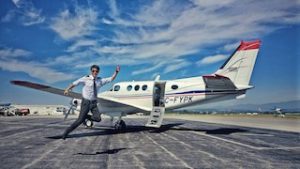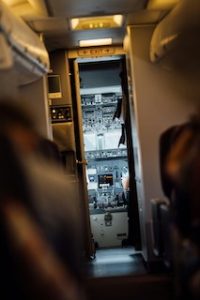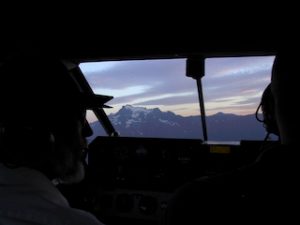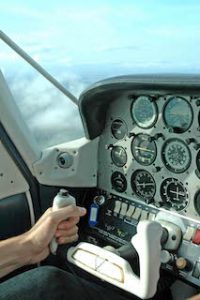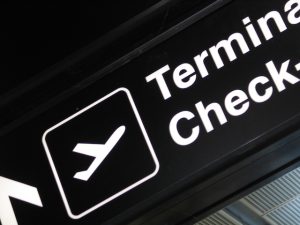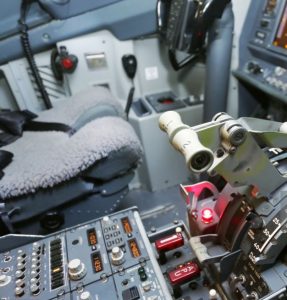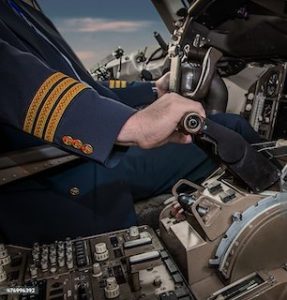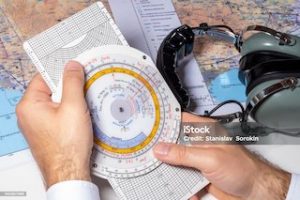Flight Tracker Can Enhance Travel Experience
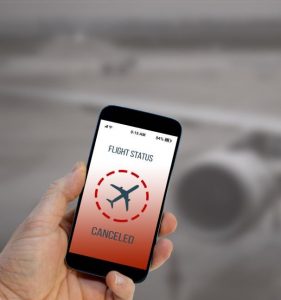 In an age where information is at our fingertips, flight trackers have emerged as essential tools for travelers, aviation enthusiasts, and logistics managers alike. A flight tracker provides real-time updates on the status of flights, including departure and arrival times, delays, and even the aircraft’s current location. This article will explore the functionality, benefits, and technology behind flight trackers, highlighting their significance in modern air travel.
In an age where information is at our fingertips, flight trackers have emerged as essential tools for travelers, aviation enthusiasts, and logistics managers alike. A flight tracker provides real-time updates on the status of flights, including departure and arrival times, delays, and even the aircraft’s current location. This article will explore the functionality, benefits, and technology behind flight trackers, highlighting their significance in modern air travel.
Flight tracker
A flight tracker is a digital tool that allows users to monitor the status of commercial flights in real time. These tools can be found in various formats, including websites, mobile applications, and integrated systems used by airports and airlines. By using data sourced from multiple channels, flight trackers provide crucial information about flight schedules, changes, and aircraft details, helping travellers make informed decisions.
Importance of flight trackers
Flight trackers are indispensable for several reasons, enhancing the travel experience for passengers and providing operational efficiency for airlines and airports.
- Real-time information: The primary advantage of flight trackers is their ability to provide real-time information. Passengers can check the status of their flights at any time, receiving updates about delays, cancellations, or gate changes. This feature is especially important in today’s fast-paced travel environment, where changes can happen rapidly and often without prior notice.
- Improved planning: Travellers can better plan their journeys with the information provided by flight trackers. By monitoring flight statuses, passengers can adjust their arrival times at the airport, minimizing wait times and ensuring they are present for boarding. This level of foresight can reduce the stress associated with air travel, leading to a more enjoyable experience.
- Enhanced communication: For those picking up or dropping off travellers at the airport, flight trackers provide valuable insights into flight statuses. This information allows friends and family to coordinate their schedules, ensuring they arrive at the airport when their loved ones land. Additionally, airlines can use flight tracking data to keep passengers informed about any changes through notifications sent via email or SMS.
- Operational efficiency for airlines: Flight trackers benefit airlines by providing data that helps optimise operations. By monitoring flight paths and statuses, airlines can make informed decisions about resource allocation, including gate assignments, crew scheduling, and even fuel management. This real-time data helps airlines minimise delays and improve efficiency.
How flight trackers work
Flight trackers utilize a combination of technologies and data sources to deliver accurate and timely information about flights. Understanding these mechanisms provides insight into the reliability and functionality of flight tracking systems.
Data sources
Flight trackers gather data from several key sources:
-
- Transponder signals: Commercial aircraft are equipped with transponders that communicate their location, altitude, speed, and other relevant data. This information is transmitted to air traffic control and can also be received by flight tracking services.
- Radar systems: Ground-based radar systems track aircraft within a certain range. While radar provides real-time data, it is limited to specific areas, particularly near airports.
- Satellite tracking: Some flight tracking systems utilise satellite technology to gather information from aircraft. This technology is particularly useful for tracking flights over oceans and remote areas where ground-based radar coverage may be lacking.
- Airline data feeds: Airlines provide data feeds that include scheduled departure and arrival times, gate information, and any changes to flight status. This information is integrated into flight tracking systems, allowing for comprehensive updates.
Technology behind flight trackers
The technology that powers flight trackers involves advanced software and algorithms that process and analyze data from various sources. Key technologies include:
-
- Geographic information systems: GIS technology is used to visualise the aircraft’s position on a map, allowing users to see the flight path in real time.
- Data analytics: Advanced algorithms analyse flight data to predict delays and optimise routing. Machine learning techniques can improve the accuracy of these predictions over time.
- Mobile applications: Many flight tracking services offer mobile apps, providing users with easy access to flight information on the go. These apps often include additional features, such as notifications for flight changes.
Popular flight tracker platforms
There are numerous flight tracking platforms available, each offering unique features and user experiences. Some of the most popular platforms include:
- FlightAware: FlightAware is one of the leading flight tracking services, offering comprehensive data on flights worldwide. Users can track flights in real time, view historical data, and access detailed information about aircraft. FlightAware also provides a mobile app, making it easy for travellers to stay informed.
- Flightradar24: Flightradar24 is renowned for its user-friendly interface and global coverage. This platform allows users to view live flight data on an interactive map. Flightradar24 provides information about aircraft type, altitude, and speed, along with real-time updates on flight status.
- FlightStats: FlightStats offers a wealth of information for travellers, including flight status updates, airport information, and weather conditions. Users can access detailed flight history and receive notifications about changes to their flights, enhancing the overall travel experience.
- ADS-B Exchange: ADS-B Exchange is a community-driven flight tracking platform that operates without commercial constraints. This service provides real-time data from volunteers who share their ADS-B data, ensuring that users have access to accurate flight information. The platform is particularly popular among aviation enthusiasts.
Benefits of using flight trackers
The advantages of using flight trackers extend beyond simple flight monitoring. These tools enhance the overall travel experience and contribute to a more streamlined aviation industry.
- Increased transparency: Flight trackers promote transparency in the aviation industry. Passengers can easily access information about their flights, including delays and cancellations. This transparency helps build trust between airlines and passengers, fostering a more positive relationship.
- Cost savings: By utilising flight trackers, travellers can save money by avoiding unnecessary expenses associated with missed flights or extended wait times. Real-time updates enable passengers to make informed decisions, ensuring they are at the airport when needed without excessive waiting.
- Enhanced customer experience: The ability to track flights in real time significantly improves the customer experience. Passengers appreciate receiving timely updates about their flights, which can reduce anxiety and enhance their overall journey.
- Data-driven decision making for airlines: Airlines benefit from flight tracking data by making informed decisions that optimise operations. By analysing real-time data, airlines can enhance their efficiency, reducing operational costs and improving service quality.
Future trends in flight tracking
As technology continues to evolve, flight tracking systems will also advance, offering new features and capabilities. Some future trends to watch include:
- Integration of artificial intelligence: The integration of artificial intelligence into flight tracking systems will enhance predictive capabilities. AI algorithms can analyse vast amounts of data to predict delays, optimize routing, and improve decision-making processes for airlines and passengers alike.
- Enhanced mobile experience: The trend toward mobile technology will continue to shape flight tracking services. As more travellers rely on smartphones for information, flight tracking apps will become increasingly sophisticated, offering personalised notifications, interactive maps, and additional features to enhance the user experience.
- Expansion of drone tracking: As the use of drones in commercial applications increases, flight tracking systems will need to adapt to accommodate these aircraft. Integrating drone tracking capabilities into existing flight tracking platforms will be essential for ensuring safety and efficiency in increasingly crowded airspace.
- Focus on sustainability: With growing concerns about the environmental impact of air travel, flight tracking systems may incorporate features that promote sustainability. This could include optimizing flight paths for fuel efficiency and providing data on carbon emissions associated with specific flights.
Wrapping up
Flight trackers have revolutionized the way we monitor air travel, providing real-time information that enhances the travel experience for passengers and improves operational efficiency for airlines. By understanding the functionality, benefits, and technological advancements behind flight trackers, travelers can make informed decisions and enjoy a more seamless journey. As the aviation industry continues to evolve, flight tracking systems will play a crucial role in shaping the future of air travel, ensuring safety, efficiency, and a better experience for all involved.

